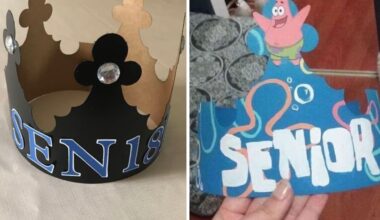High school was packed with lessons, but not all of them hold up in the real world. Some things were taught as facts, others were passed around as classroom truths, yet many don’t stand the test of time. Whether it came from a textbook, a teacher, or just word of mouth, a lot of what we accepted back then turns out to be outdated or misunderstood. It’s time to clear up what really wasn’t true after all.
1. You Only Use 10% of Your Brain
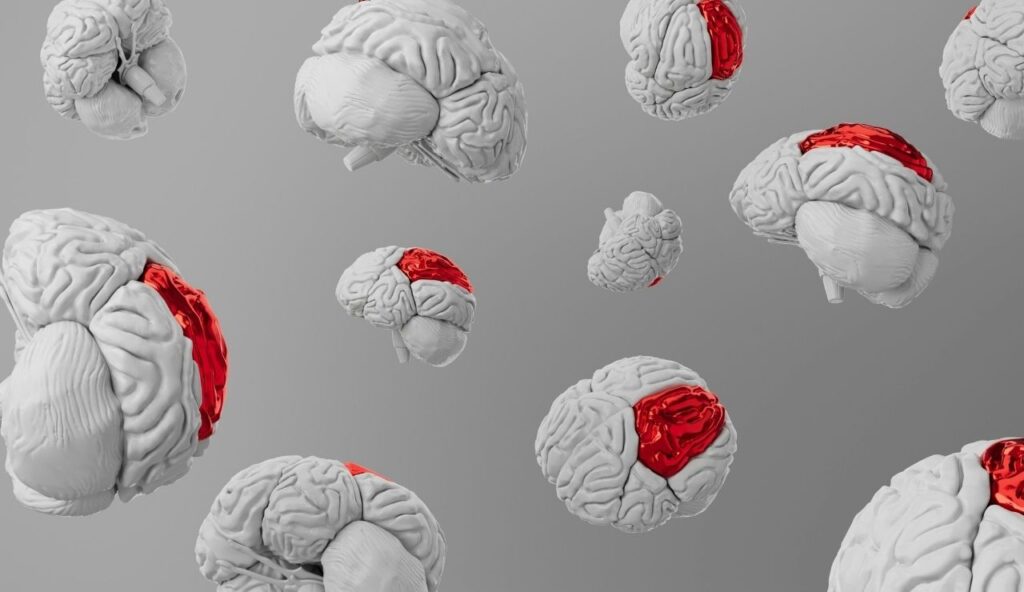
The idea that we use just 10% of our brain sounds dramatic, but it’s simply not true. Brain imaging shows that almost every region has a role, even during sleep. This myth likely came from a misinterpretation of early research. While certain areas may be more active at times, the brain works as a connected system. You’re using far more than just a small slice of it every single day.
2. The Tongue Has Specific Taste Zones

Many of us were taught that different parts of the tongue detect different tastes, like sweet at the tip and bitter at the back. In reality, all regions of the tongue can sense all five basic tastes, including umami. Taste buds are evenly scattered, not divided by flavor. The belief came from a misread study over a century ago, but science has long moved past that idea.
3. Blood Is Blue Inside Your Body

Despite how it may appear under your skin, blood is never blue. It remains red at all times, turning brighter when it’s rich in oxygen and darker when it’s not. The bluish look of veins is caused by how light interacts with skin and tissue. This long-standing myth comes from appearance, not biology. What’s moving through your veins is always red, just not always the same shade.
4. Chameleons Change Color to Blend In
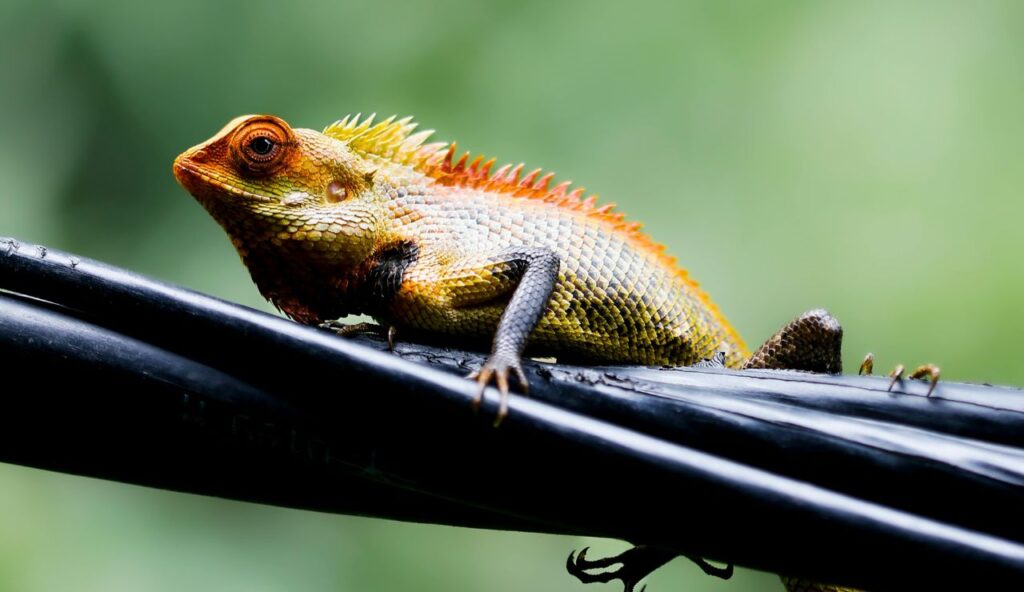
Chameleons don’t change color just to hide. Their color shifts usually help with body temperature or sending signals to other chameleons. Mood, light, and social cues all play a role in how and why they change. While they can blend with surroundings at times, it’s not their go-to defense. The idea that they vanish into any background is more fiction than fact.
5. You’ll Need Algebra in Everyday Life

Algebra might help you pass exams, but most adults rarely use it outside of school. Unless your job involves technical fields like engineering or coding, solving equations is not part of daily life. What algebra really teaches is logical thinking and pattern recognition. These skills matter, but the math itself isn’t as essential as we were once led to believe.
6. The Great Wall of China Is Visible from Space

Many people still believe astronauts can easily spot the Great Wall from space, but that’s not the case. The wall is long, but it’s narrow and built with natural materials that blend into the land. Without the right light and weather, it’s nearly impossible to see with the naked eye. Other man-made structures like roads and airports are far more visible from orbit.
7. Bats Are Blind
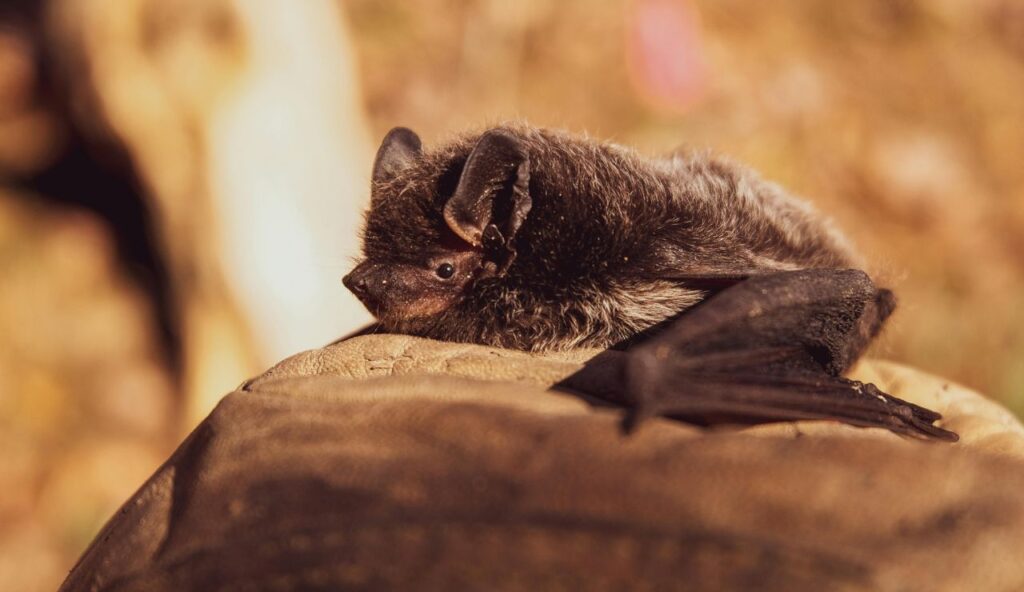
The phrase “blind as a bat” is completely misleading. Bats actually have decent vision and rely on it along with sound. Many species use echolocation to navigate in the dark, but that doesn’t mean they can’t see. Their eyes are adapted for low-light environments, giving them an advantage at night. They’re not flying blind; they’re just using all the tools nature gave them.
8. Humans Have Only Five Senses
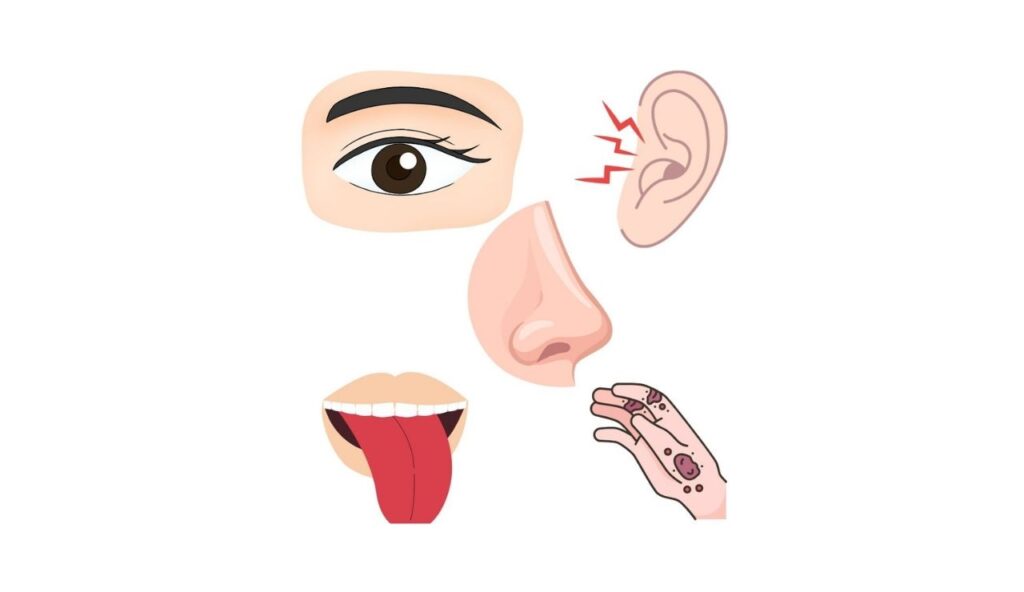
We’re often taught about just five senses, but science recognizes several more. Along with sight, sound, smell, taste, and touch, humans also sense balance, body position, temperature, and pain. Some researchers even include the sense of time. Our brains gather information from many sources, not just the classic five. It turns out our bodies are far more aware than we learned in school.
9. Lightning Never Strikes the Same Place Twice

Lightning doesn’t follow rules like folklore suggests. It can and often does strike the same place more than once. Tall buildings, towers, and metal structures are frequent targets during storms. The Empire State Building, for example, gets hit multiple times a year. Lightning follows physics, not superstition, and it returns wherever conditions make it easiest to strike again.
10. Evolution Is Just a Theory
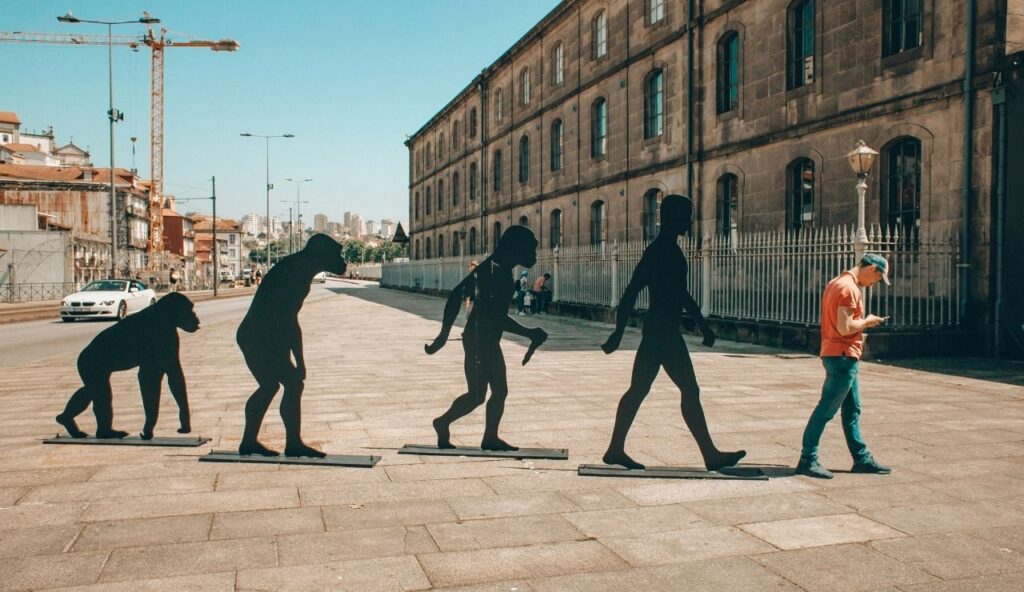
In science, a theory is not a guess. It’s a well-tested explanation backed by strong evidence. Evolution is supported by research in genetics, fossils, and biology. It’s called a theory the same way we refer to the theory of gravity. The word means something reliable, not uncertain. What may have sounded debatable in school is actually one of science’s most solid foundations.
11. Diamonds Are Made from Coal

The idea that diamonds come from coal sounds poetic, but it’s not accurate. Most diamonds form deep in the Earth’s mantle, far below where coal exists. They’re created under intense pressure and heat from pure carbon, not plant material. While both are carbon-based, their origins are completely different. The connection between coal and diamonds is more myth than science.
12. You Have to Wait 24 Hours to File a Missing Person Report
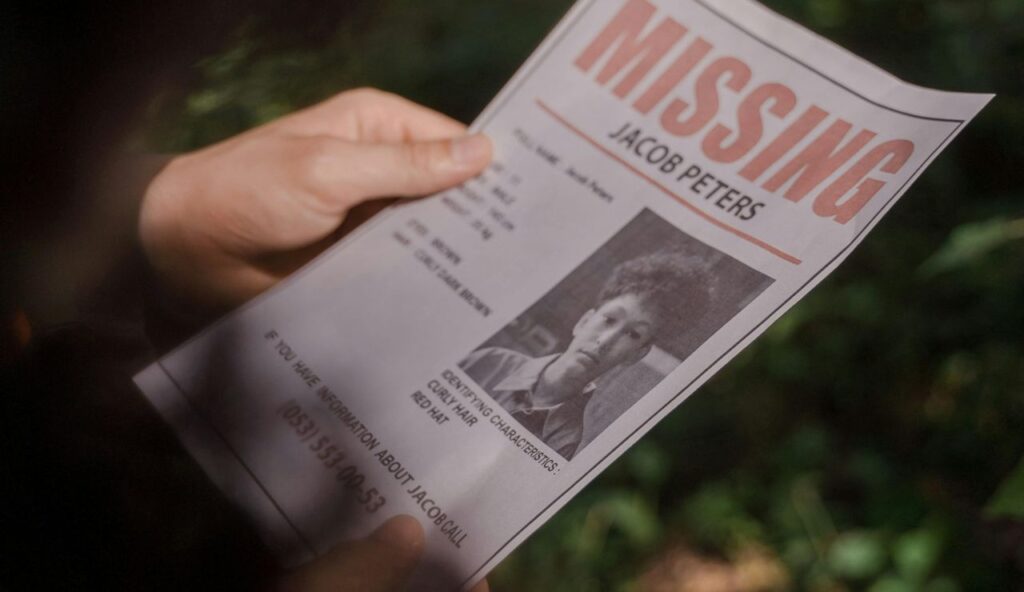
Many people believe you must wait 24 hours to report someone missing, but that’s false. In most parts of the U.S., you can and should report it immediately. Time is critical, especially for children or vulnerable individuals. The faster authorities are alerted, the better the chances of finding the person safely. Waiting only delays help when it’s needed most.
13. Einstein Failed Math
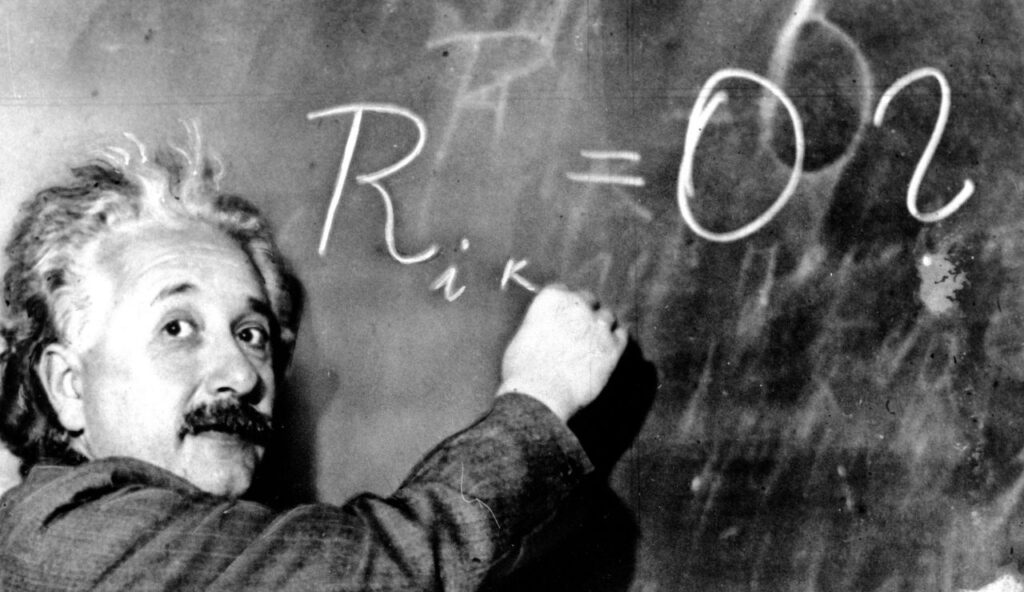
The claim that Einstein failed math is completely untrue. He was actually ahead of his class and mastered complex math at a young age. This myth may have started from a misquote or confusion over different grading systems. Einstein’s real story shows early talent in both math and science, not failure. It’s a nice underdog tale, but it doesn’t match the facts.
14. The Seasons Are Caused by Distance from the Sun

It seems logical to think we have summer when Earth is closer to the Sun, but that’s not true. Seasons change because Earth is tilted on its axis. When your part of the planet leans toward the Sun, it’s warmer and brighter. When it tilts away, it’s colder. In fact, Earth is actually closest to the Sun during early January, right in the middle of winter in the U.S.
15. Hair and Nails Keep Growing After Death

It might look like hair and nails grow after death, but they don’t. What actually happens is the skin loses moisture and shrinks, making hair and nails appear longer. Growth requires energy, and that stops when the body shuts down. This illusion has sparked creepy stories, but science explains it differently. The body changes in appearance, not because anything keeps growing.
16. You’ll Be Stuck with Things on Your Permanent Record

The term “permanent record” sounds serious, but it’s not as lasting as it seems. Schools keep files for internal use, but they don’t follow you forever. Colleges and employers focus more on current performance and character, not old detentions or tardy slips. The idea of a record ruining your future is more of a scare tactic than a real consequence.

